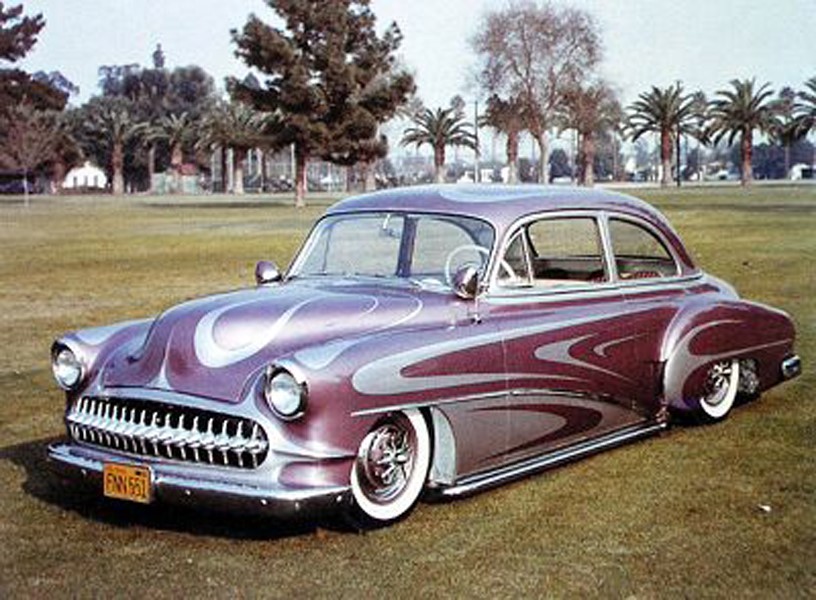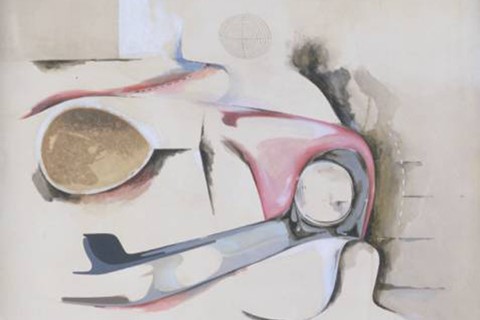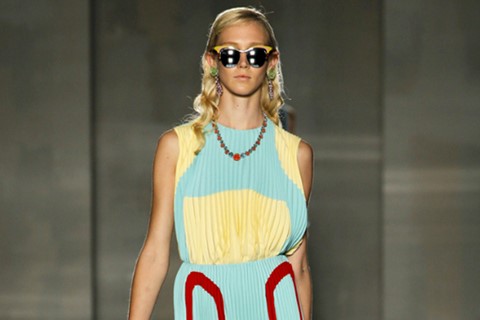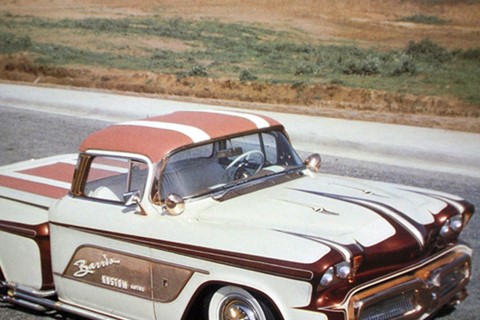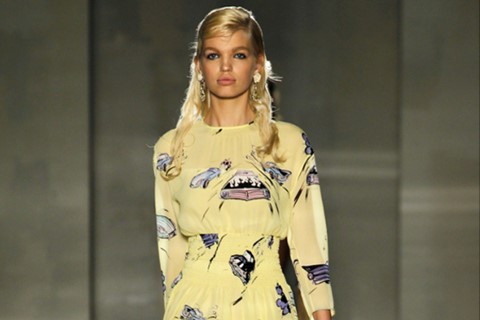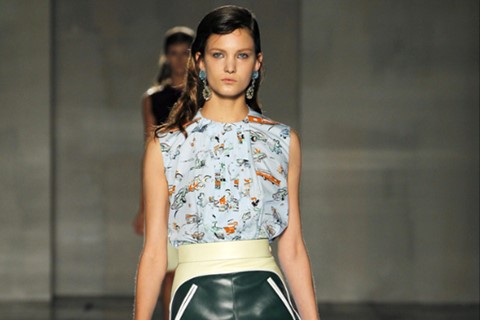Car culture is an increasingly popular reference point for fashion designers, most recently Prada for S/S12. AnOther invited car enthusiast and fashion photographer Ben Dunbar-Brunton to share his thoughts on automobile-influenced fashion design...
Car culture is an increasingly popular reference point for fashion designers – from Christian Dior (S/S01), Hussein Chayalan (S/S09), Céline (A/W11) and most recently Prada for S/S12. AnOther invited car enthusiast and fashion photographer Ben Dunbar-Brunton to share his thoughts on automobile-influenced fashion design…
Richard Hamilton's iconic painting from 1957 Hommage à Chrysler Corp reflected modern man's pre-occupation with women and automobiles in popular culture. The painting was an abstract assimilation of a woman's voluptuous curves with that of an American automobile, so they became one indefinable object of desire, seducing the viewer, as they did men, into consuming them as one unified object.
54 years later, Miuccia Prada is taking the same references as Hamilton did to create her S/S12 collection. The symbolic meaning of these culturally ubiquitous references has changed over the years from one of American confidence and optimism to one of naive retrospective style and innocence. Prada uses the car as a repeat motif – not dissimiliar to the way it was used on California shirts in the 1950s – as well as taking elements of the cars themselves and incorporating them into the design. The classic designs and colours of custom car paint, the flames that once licked across the hood of a car now lick around the hem of a skirt, scallops and pinstripes follow contours in fabric as in metal, creating 'bodywork' for women from the bodywork of cars.
It is not easy to successfully reference such iconic, to the point of cliche, material. As a fashion photographer and director and lover of cars, I am often asked why they make such an infrequent appearance in my work. My answer: rarely is a fashion photograph with a car not a cliche. Girls with cars are cliches, cars themselves are cliches. Cars say too much, too obviously. Cars are always objectified and a woman is nearly always also objectified when posed with a car. However, sometimes to avoid cliche, rather than subvert it, one must run with it. This is what Miuccia Prada has done in her S/S12 collection. Having taken the most stereotypical elements of automotive kitsch – the 1950s American car – and driven it right across her collection with as much confidence as those who designed the cars in the first place.
Cars are stereotypically an expression of masculinity, though here the traditional symbols of male confidence are appropriated for women. Whereas cars are traditionally seen as aggressive agents of power, Prada uses their candy colours to sweeten the taste, creating a collection that is witty and playful. The neat thing about this automotive aesthetic is that it translates so well into invitation design (courtesy of David James Associates), set design (pink styrofoam cubes courtesy of OMA) and no doubt, an advertising campaign?
